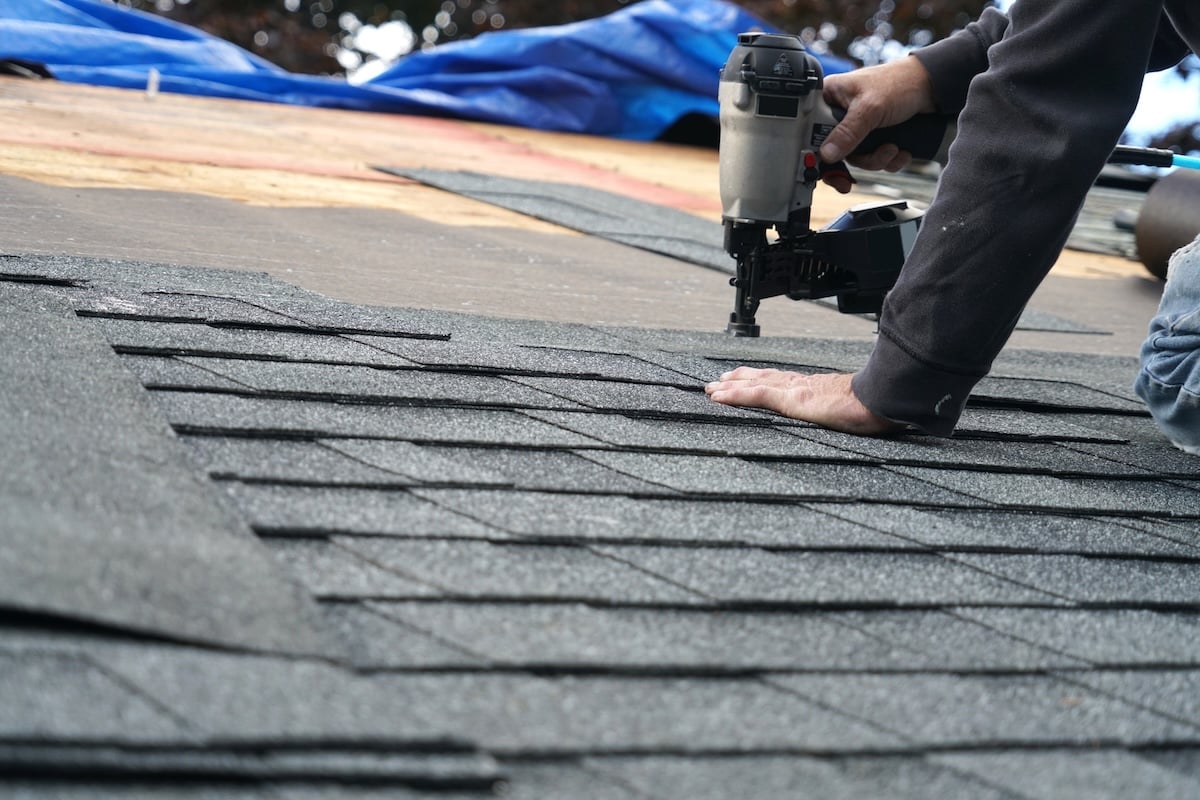
9 Key Parts of a Roof & Their Functions
October 21,2025
6 minutes Read
The parts of a roof do much more than simply cover your home. Each component has a unique role in keeping your house safe, dry, and energy-efficient. Whether you’re replacing your roof or just want to better understand how it works, knowing the essential pieces can help you spot issues early and make smarter maintenance decisions.
- Protection: Every roof part works together to keep out water, wind, and pests.
- Efficiency: Proper ventilation and insulation reduce energy costs and improve comfort.
- Longevity: When all parts function correctly, your roof lasts longer and requires fewer repairs.
Why It Helps to Know Roof Anatomy
Your roof is more than shingles and nails—it’s a carefully designed system. Homeowners in Pleasant Hill and surrounding areas often discover during inspections that small issues with one component can affect the entire structure. By learning the basics, you’ll be better prepared to ask questions during repairs or replacements and ensure your investment is protected.
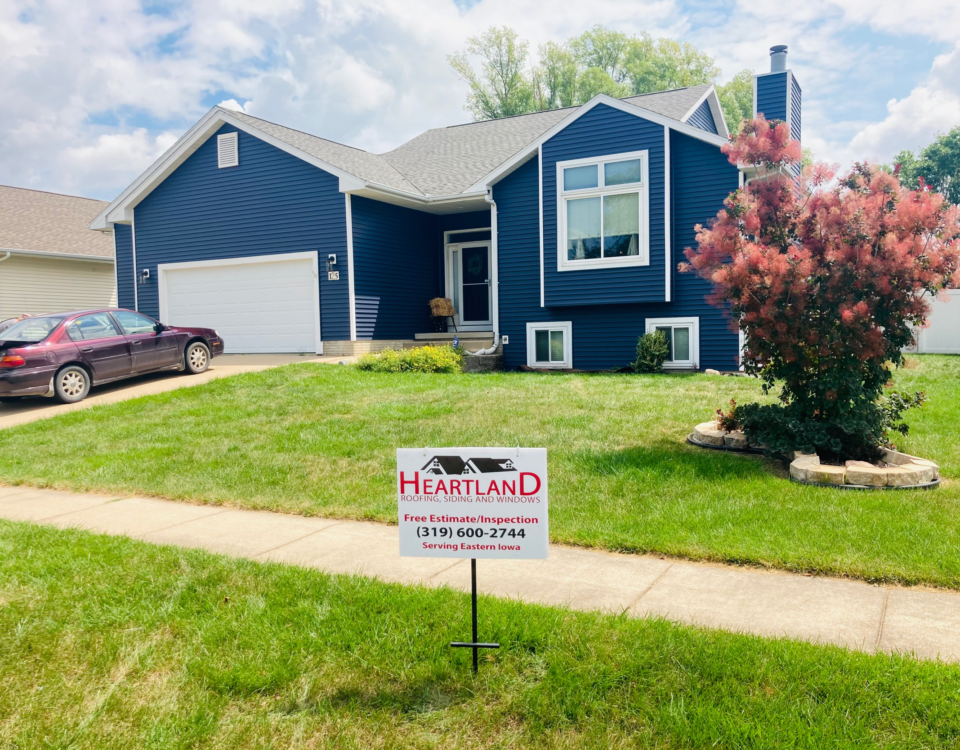
9 Key Parts of a Roof Explained
Here’s a breakdown of the most important roof components and how they function together.
1. Shingles
Shingles are the visible top layer of most roofs. They provide the first line of defense against rain, snow, UV rays, and wind. Asphalt shingles are the most common choice in Central Iowa, though homeowners may also choose metal, slate, or tile for durability and curb appeal.
2. Underlayment
Beneath the shingles lies the underlayment, usually made of felt or synthetic material. This layer provides a secondary barrier against water infiltration. If shingles are damaged or blown off in a storm, underlayment helps prevent leaks until repairs are made.
3. Roof Decking
Decking, often plywood or OSB boards, forms the foundation of your roof. It’s attached directly to the rafters and supports the weight of all other roofing materials. If decking becomes rotted or weakened, it compromises the entire structure.
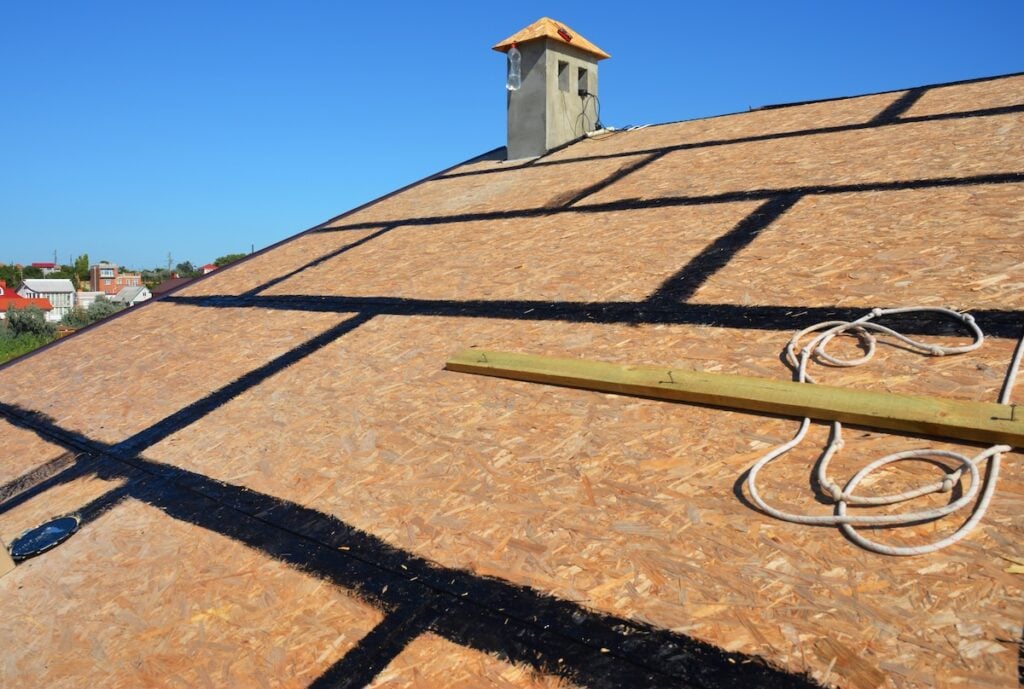
4. Flashing
Flashing is thin metal installed around roof features like chimneys, skylights, and vents. Its job is to direct water away from these vulnerable areas. Without properly sealed flashing, leaks are almost guaranteed.
9. Drip Edge
A drip edge is metal flashing installed at the roof’s edges. It directs water into the gutters instead of letting it run behind them. This small but important part helps protect fascia boards and siding from moisture damage.
10. Gutters and Downspouts
Though technically attached to the roof rather than part of it, gutters and downspouts are vital for moving water away from your home. Without them, rain can pool around the foundation, leading to erosion or basement flooding.
11. Ridge Cap
The ridge cap covers the peak of the roof where two slopes meet. Specialized ridge shingles or vented caps provide extra protection at this vulnerable seam, helping block moisture while also allowing ventilation.
12. Ventilation System
Roof vents—such as ridge vents, soffit vents, or gable vents—allow hot, moist air to escape from the attic. Proper ventilation prevents condensation, mold growth, and ice dams in the winter. It also extends the lifespan of shingles by keeping attic temperatures more stable.
13. Fascia and Soffits
The fascia is the board that runs along the roof edge, supporting gutters and finishing the roofline. Soffits are the panels under the eaves, often ventilated to help with airflow. Together, they protect rafters from the elements and contribute to proper attic ventilation.
How These Parts Work Together
Each roof part has its own role, but they all function as a system. For example, shingles shed water, underlayment backs them up, and flashing keeps vulnerable spots sealed. Gutters then carry water safely away. If one part fails, the rest of the system is put under stress, leading to costly repairs.
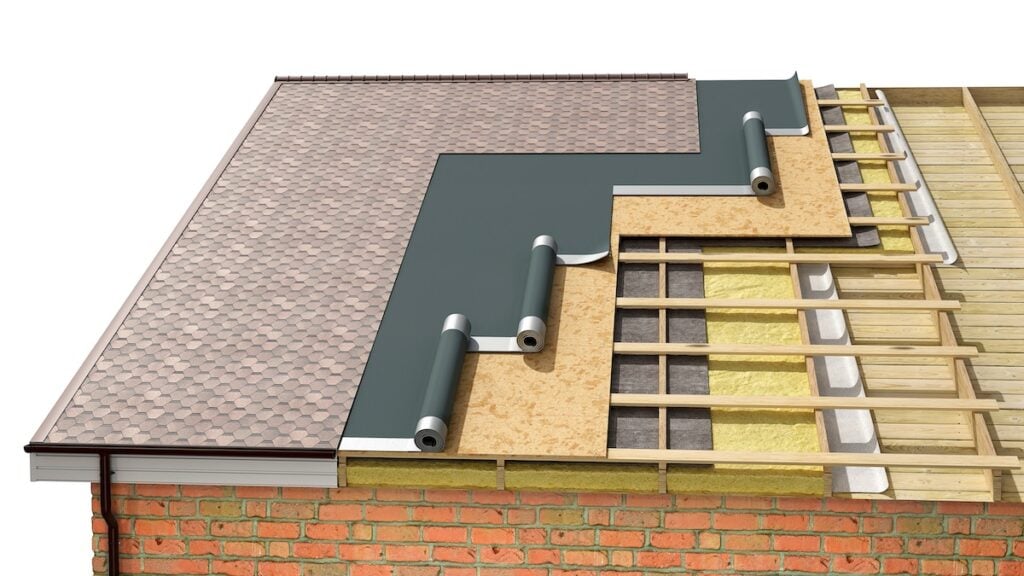
Common Problems With Roof Components
Even durable materials wear out over time. Knowing common issues helps homeowners stay proactive.
- Shingle deterioration: Cracking, curling, or missing shingles expose the underlayment.
- Flashing leaks: Improper installation or corrosion allows water infiltration.
- Decking rot: Moisture damage weakens support for the entire roof.
- Ventilation blockages: Poor airflow raises attic humidity, leading to mold or ice dams.
- Gutter clogs: Leaves and debris prevent water from draining properly.
Maintaining the Parts of a Roof
Regular care extends the life of your roof and prevents small issues from becoming major problems.
- Schedule Inspections: Have your roof inspected at least once a year and after major storms. Contractors in Pleasant Hill and surrounding areas can identify loose shingles, failing flashing, or ventilation issues early.
- Clean and Maintain Gutters: Clogged gutters are one of the most common causes of water damage. Cleaning them twice a year keeps water flowing away from your home.
- Address Repairs Quickly: Don’t ignore minor issues like a missing shingle or small leak. Quick fixes prevent larger repairs and extend your roof’s lifespan.
- Trim Surrounding Trees: Branches rubbing against shingles or falling during storms can cause major damage. Keeping trees trimmed reduces the risk.
How Roof Components Affect Replacement Costs
When replacing a roof, costs depend on more than just new shingles.
- Decking replacement: If decking is rotted, it must be repaired or replaced, adding to costs.
- Flashing upgrades: New flashing around chimneys and vents ensures leak protection.
- Ventilation improvements: Adding ridge or soffit vents during replacement enhances energy efficiency.
- Fascia and soffit repair: Damaged trim often needs attention to complete the job properly.
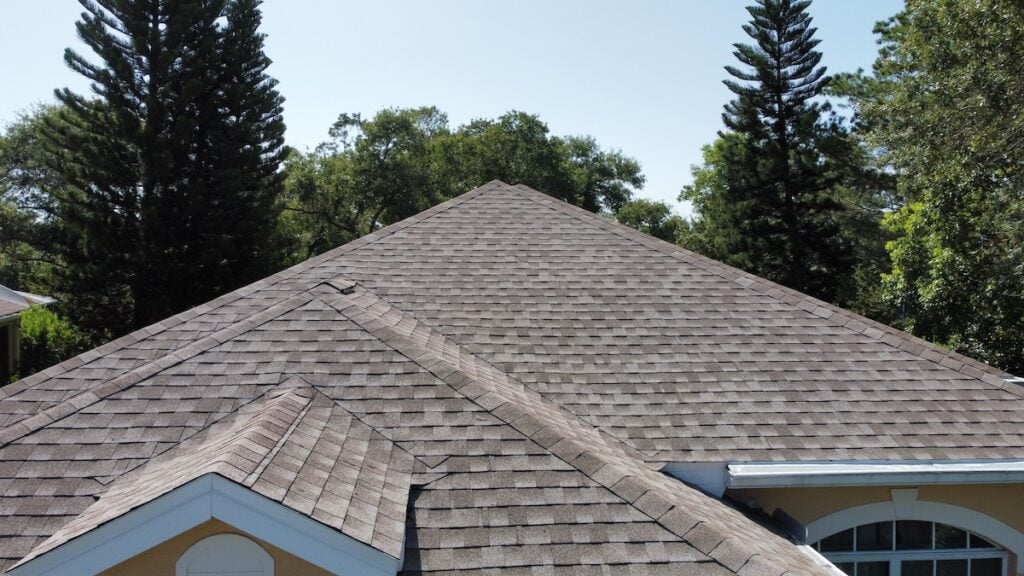
Investing in the Whole Roof System
Focusing only on shingles ignores the bigger picture. When all parts are maintained or replaced together, your roof performs better and lasts longer. Homeowners who view the roof as a system rather than separate pieces save money in the long run and protect their homes more effectively.
Protecting Your Home From the Top Down
The parts of a roof may seem simple at first, but together they form a complex system that shields your home from Iowa’s tough weather. From shingles to soffits, every piece matters.
At Heartland, we provide expert roof inspections and replacements that ensure all components are working together the way they should. If you live in Pleasant Hill and surrounding areas and want to make sure your roof is in top condition, contact us today for a free estimate. With Heartland’s expertise, you’ll see why we’re the #1 choice for roofing in Central Iowa.

Get Started Today!
From roofing to siding, Heartland Roofing is the team you need to take your home exterior to the next level. All you need to do is reach out! Fill out our contact form or give us a call to get the reliable help that you need.
4.7 rating
94% recommend
A+ rating